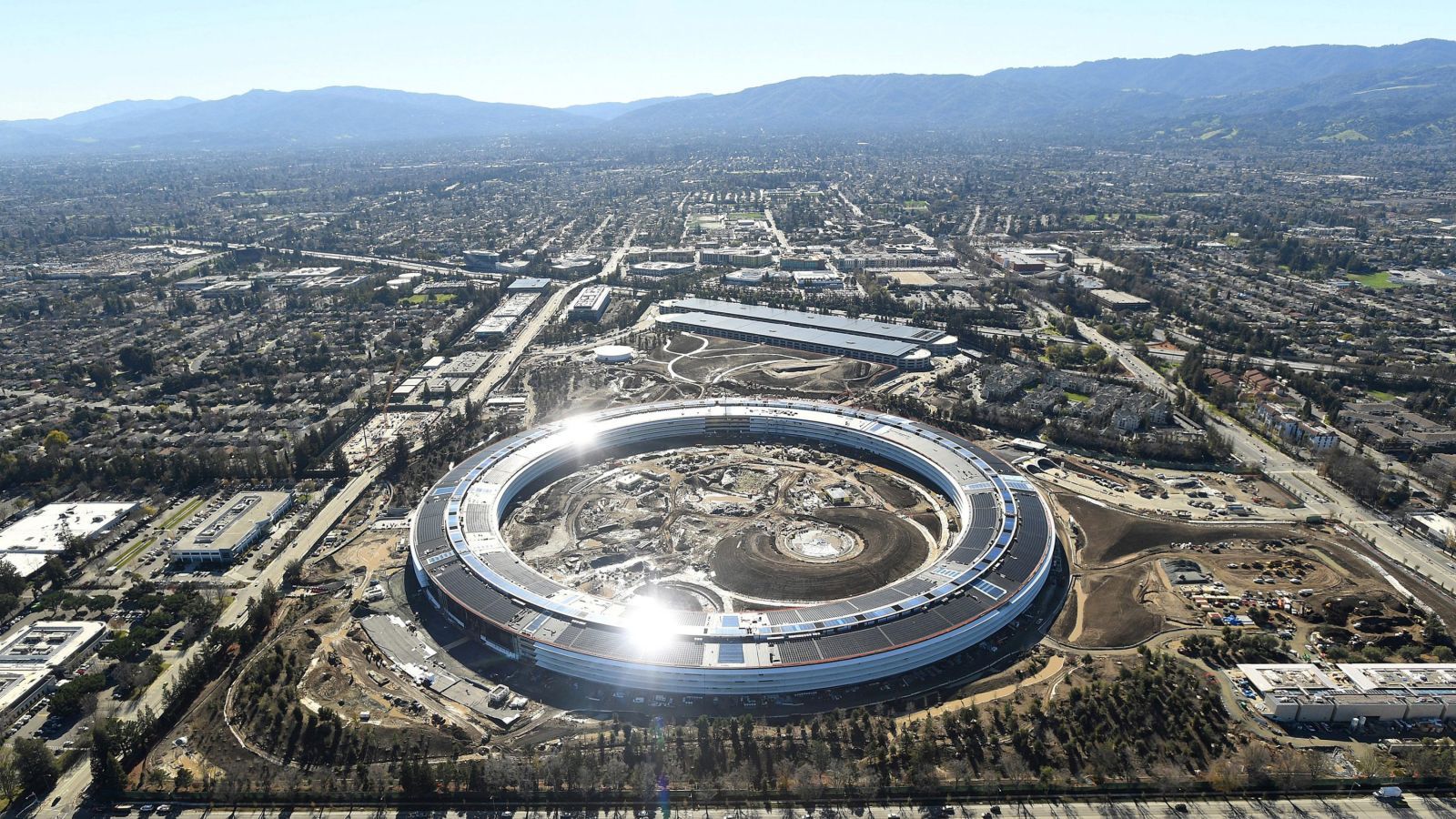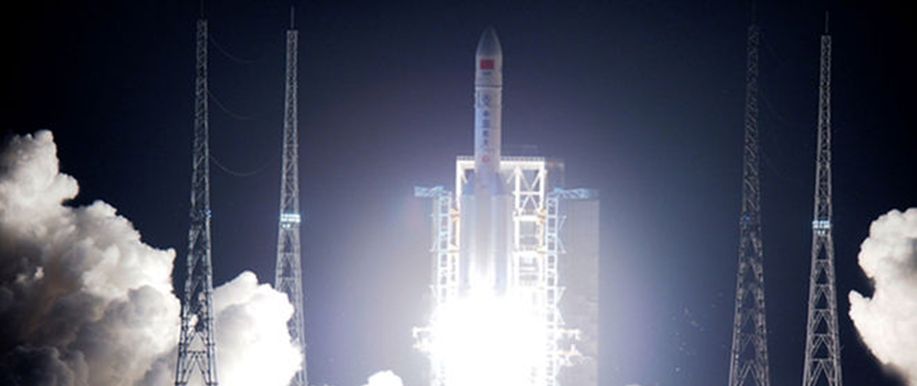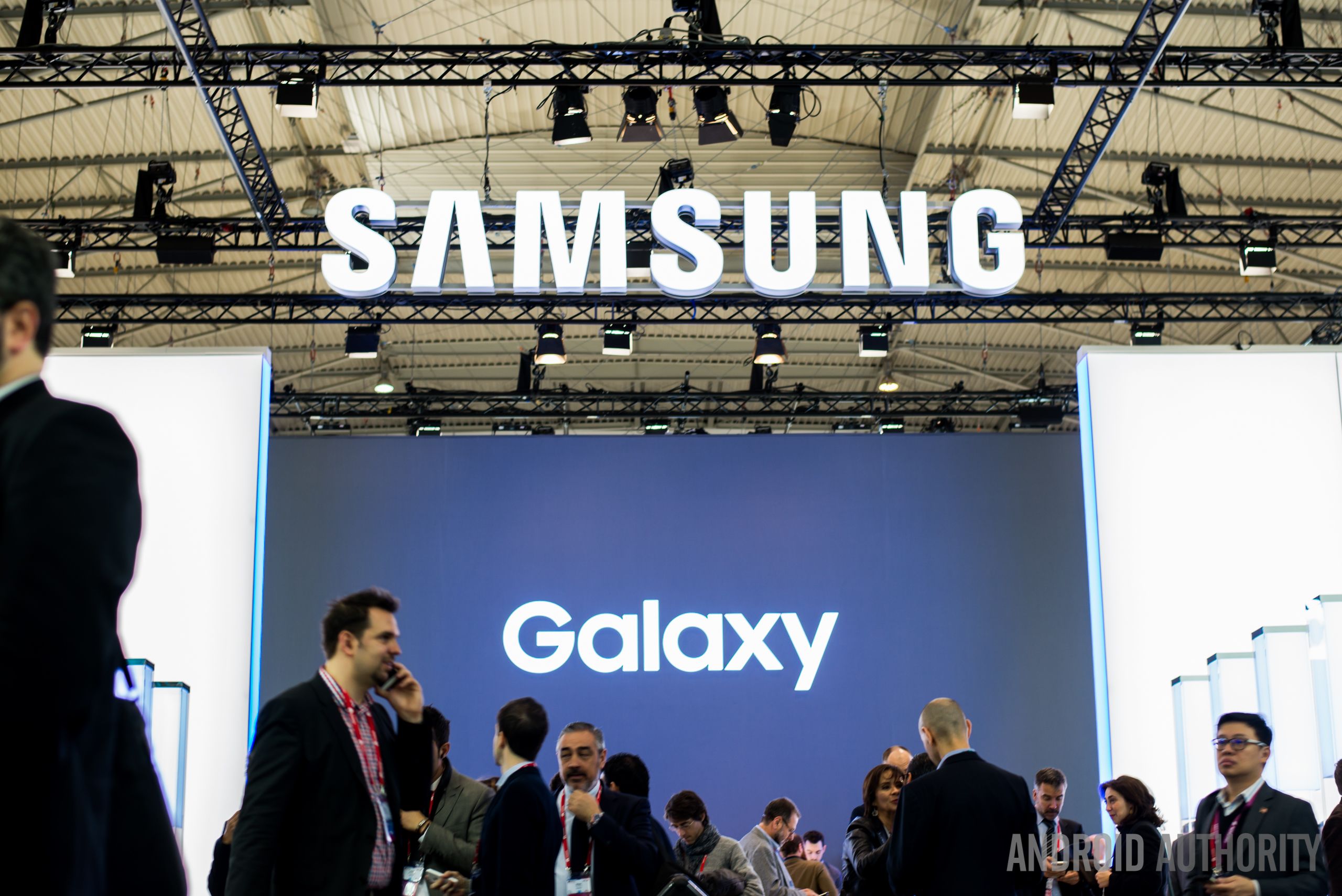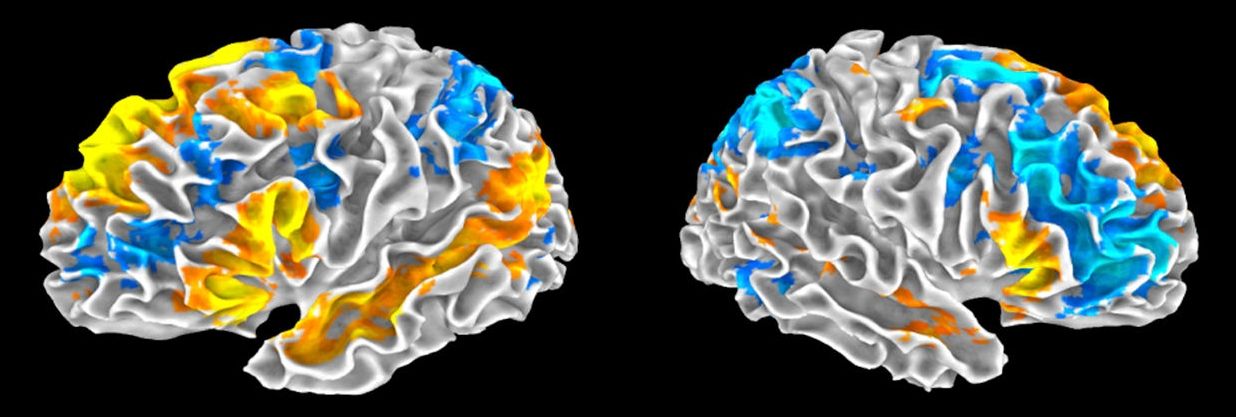Nice!
Scientists are developing high-tech two-way LEDs which can emit and harvest light all while supporting a touchless screen!


Lompico is the rough jewel of Santa Cruz, California—high in the mountains and deep in the redwood forest, population 1,140. Weather providing, it takes less than an hour to get here from Silicon Valley, where technologists are hard at work designing our brave new world.
But heavy rains have made the valley barely accessible to Lompico residents like me this winter. Road closures are common in Lompico, caused by mudslides, fallen trees, and rising waters. California governor Jerry Brown requested federal disaster relief funds on Feb. 11 for this and other nearby counties, estimating damage at $162 million.
Now, just getting out of my neighborhood takes an hour. I navigate perilous one-lane trails with caravans of cars waiting their turn in either direction. Drivers back up onto cliff edges in the dark and fog to let each other by, hoping for the best. Out here, a comfortable, technologically advanced future hardly seems assured. It’s impossible to ignore the fact that our lives are still subject to the whims of nature. All it takes is a few hours of steady rain to down a dead tree and wreak havoc on an otherwise peaceful week.

China’s State Council, the country’s chief administrative authority, recently published a White Paper on its space policies. It not only lifted a veil of secrecy that shielded Beijing’s space policies, but also outlined the country’s recent achievements and offered a five-year outlook on future activities.
Since its first satellite launch in 1970, China has become a major player in the space domain. However, it was only in 2003 that China became the third country to independently send people into space.
Beijing has placed significant resources into narrowing the capability gap that has separated it from other leading nations in this area. It took only eight years from its entry into manned spaceflight, in 2003, to the launch of the first prototype component of its space station, the Tiangong-1.

Today’s extraordinary rate of exponential growth may do much more than just disrupt industries. It may actually give birth to a new species, reinventing humanity over the next 30 years.
I believe we’re rapidly heading towards a human-scale transformation, the next evolutionary step into what I call a “Meta-Intelligence,” a future in which we are all highly connected—brain to brain via the cloud—sharing thoughts, knowledge and actions. In this post, I’m investigating the driving forces behind such an evolutionary step, the historical pattern we are about to repeat, and the implications thereof. Again, I acknowledge that this topic seems far-out, but the forces at play are huge and the implications are vast. Let’s dive in…


TUESDAY, Feb. 21, 2017 — Whether you’re nearsighted or not might come down to one particular type of cell in your retina, a new mouse study suggests.
Researchers from Northwestern University’s Feinberg School of Medicine in Chicago report that this cell is highly sensitive to light and controls how the eye develops.
If it malfunctions and tells the eye to grow for too long, images don’t get focused in the retina as they should be, the researchers said.


Keys of the emerging leaders are — 1) Futurist 2) Technologist 3) Innovator 4) Humanitarian. I rank them as (only in my opinion only as it truly depends on industry, company and products, culture, etc.)
1) futurist 2) innovator 3) technologist 4) humanitarian
This article is part of a new series exploring the skills leaders must learn to make the most of rapid change in an increasingly disruptive world. The first article in the series, “How the Most Successful Leaders Will Thrive in an Exponential World,” broadly outlines four critical leadership skills—futurist, technologist, innovator, and humanitarian—and how they work together.
Today’s post, part two in the series, takes a more detailed look at leaders as futurists. Upcoming articles will explore leaders as technologists, innovators, and humanitarians.
Science fiction writer William Gibson famously once said, “The future is already here, it’s just unevenly distributed.” As leaders, how do we embrace the elements of the future that are here, and the ones that are just around the corner? By thinking more like a futurist.

I wanted to share an amazing part of US history demonstrating why history matters.
American Revolution Records from the American Revolutionary War indicate that at least a few Muslims fought on the American side. Among the recorded names of American soldiers are “Yusuf ben Ali” (a member of the Turks of South Carolina community), “Bampett Muhamed” and possibly Peter Salem.
The first country to recognize the United States as an independent nation was the Sultanate of Morocco, under its ruler Mohammed ben Abdallah, in the year 1777. [23] He maintained several correspondences with President George Washington.